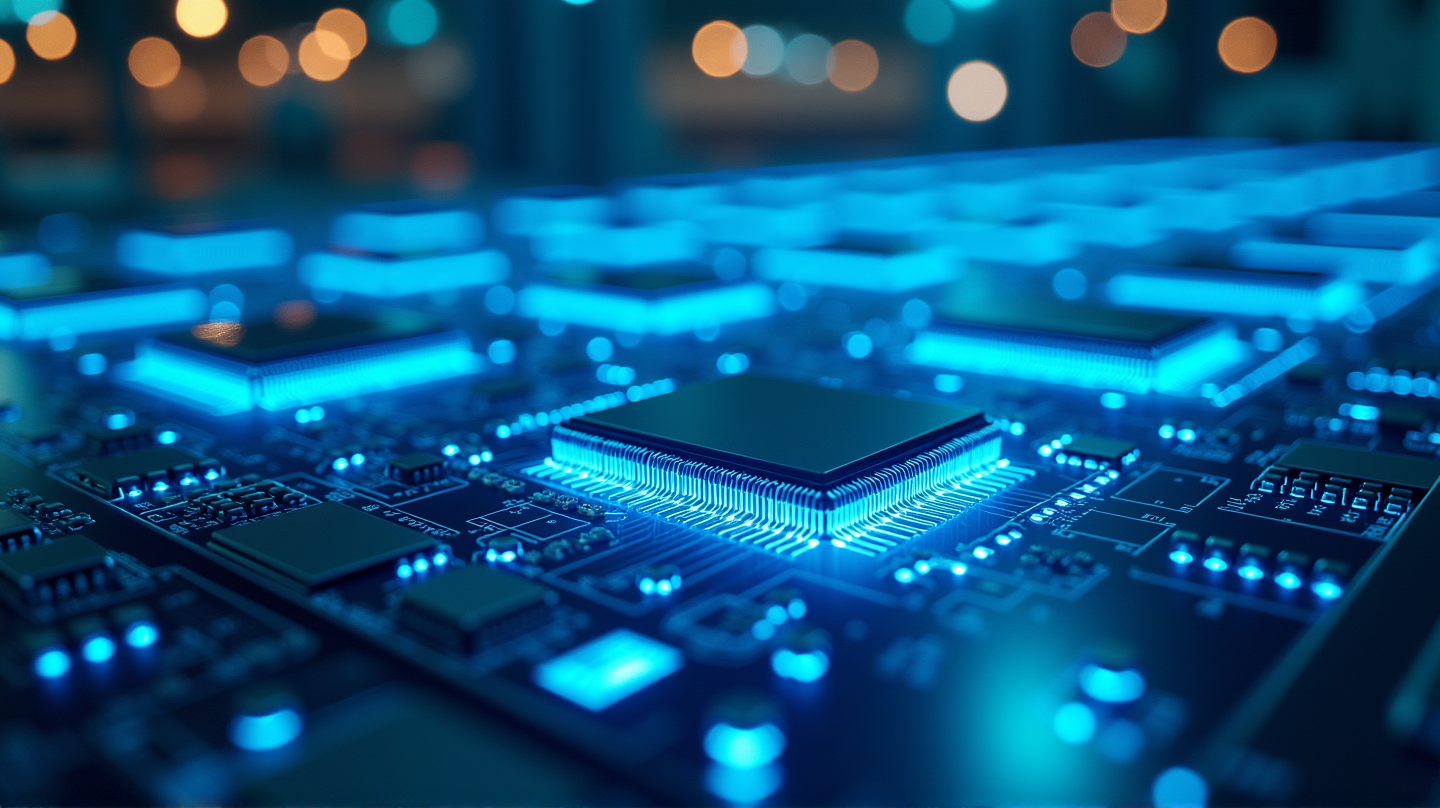Ferroelectric Memory Device Market Set to Explode by 2030
The ferroelectric memory market is poised for 18% CAGR growth by 2030, driven by demand for high-speed, low-power memory solutions.

Ferroelectric memory device fabrication is on the brink of a groundbreaking evolution. According to market analyses, this innovative sector is expected to witness an 18% compound annual growth rate (CAGR) from 2025 to 2030. Companies are investing heavily to meet the surging demand for non-volatile memory solutions driven by AI, IoT, and edge computing applications. The latest trends in ferroelectric technology promise high-speed, low-power, and energy-efficient memory solutions.
Harnessing the Power of Hafnium Oxide
A revolutionary shift in the ferroelectric memory landscape is the move to hafnium oxide-based materials. This transformation not only aligns with CMOS process compatibility but also supports miniaturization strategies necessary to advance beyond 10nm nodes. With significant advantages in endurance and scalability, this material is projected to redefine FeRAM and FeFET devices, according to macholevante.com.
3D Architectures Push the Limits
Manufacturers are exploring 3D architectures to enhance storage density efficiently. By adopting vertical stacking of ferroelectric layers, akin to 3D NAND advances, companies aim to elevate performance parameters crucial for AI and IoT deployments. The integration of these structures represents a strategic turnaround in handling the scaling limitations of traditional memory technologies.
Global Competitive Dynamics
Globally, the competition is fierce, with giants like Samsung Electronics and Toshiba Corporation leading the way in FeRAM integration, while new players like Ferroelectric Memory GmbH are setting benchmarks with hafnium oxide-based innovations. Their breakthroughs are supported by the commitment of material suppliers like Merck KGaA to provide essential ferroelectric resources for mass production.
Market Prognosis: Accelerated Growth
Emerging market forecasts showcase robust growth for ferroelectric memory integration, predicting a market value exceeding $1.2 billion by 2030. Strategic partnerships, coupled with continued investments in R&D, underscore the industry’s burgeoning landscape. The evolution from pilot line experiments to full-scale production is underlined by collaborations between tech firms and research entities.
Regional Investment Hotspots
Asia-Pacific leads the charge, spurred by governmental backing and substantial funding surfaces, while the US and Europe focus on localizing chip production and spearheading innovation projects. As these regions carve dominant roles in the ecosystem, new contenders like India and Vietnam emerge, courting investors with promising engineering talent and incentives.
Pioneering Future Innovations
Companies are racing to develop integrated neuromorphic and in-memory computing platforms, propelled by ultra-thin ferroelectric films and advanced techniques like atomic layer deposition. Ferroelectric memories are inching closer to mainstream adoption, signaling a pivotal role for the technology in energy-efficient and high-performance solutions.
In summary, the ferroelectric memory device fabrication market is on the verge of a dynamic transformation. Technological innovations, regional contributions, and strategic alliances are poised to drive the sector into a new era of growth and advancement. The future is bright for stakeholders who embrace the evolution and integration of this revolutionary technology.